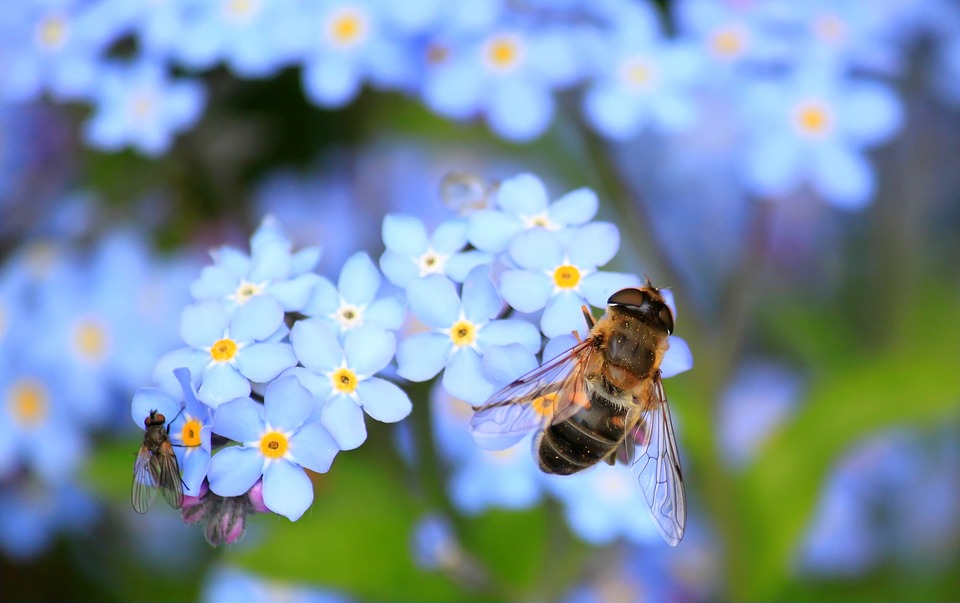Your cart is currently empty!

Bees Knees Reading Method, Post
Bee’s Knees Reading Method
Teaching Early Reading – What next? Your young learner knows the letters of the alphabet and their matching sounds. Whether we call them Magic Words, Sight Words or High Frequency Words doesn’t matter. Some people claim that sight words are a bad thing. Their argument is that children learn whole words and are unable to sound out other words. When only 20% of the first 100 Sight Words (eg. Dolch) are irregular, children can sound out the other 80% anyway.
Links: Early Primary School, Page, 3 For Free, Grade 2, “Tap and Tapped” Literacy Grade 3
A child needs to see a word multiple times to recognise it – or so the theory says. Children learn quickly and many learn their sight words fast. This knowledge springboards them into reading simple texts quickly. The time to worry is when a child is not able to learn them. But give them time. You’ll know if they are learning because you can monitor progress by keeping written records.
Terms Used in Education The term ‘magic words’ is for the children and ‘high frequency words’ is a mouthful, but we get the idea. So I’ll settle for the term ‘sight words’ here. And my point is: only 20% of the first 100 sight words do not follow one of the twenty-two spelling rules. This is mainly for historical reasons.
The student can sound out h – i – m . And as for words like my, teach them as a sight word in Prep and Grade 1. By Grade 2 the student will learn try, cry, fly and others by applying the rule learned in Prep and Grade 1. Children will learn the rule instinctively. And later, the child picks up that the letter y can make three different sounds, i as in happy, y as in yes and y as in the word “I”. Rote learning first, followed by understanding. It’s not always the other way round.
From sight words to text
- Sight words help to move your child quickly into reading .
- Simple stories using sight words and 3-letter words give the child confidence in reading.
Print in A3 to stick on a wall, or A4 for a folder. They are named WW1, WW2 and so on. They are hand-printed in black marker. From these you can make flash cards. Here is the link: Flash Cards – How To Make, Literacy
It is phonics knowledge that should guide children in decoding text. Reading materials should have
~Fewer pictures and more text.
~Diagrams and pictures should compliment the text and further inform the reader — and that’s all.
Fair use/dealing claimed on illustrations.